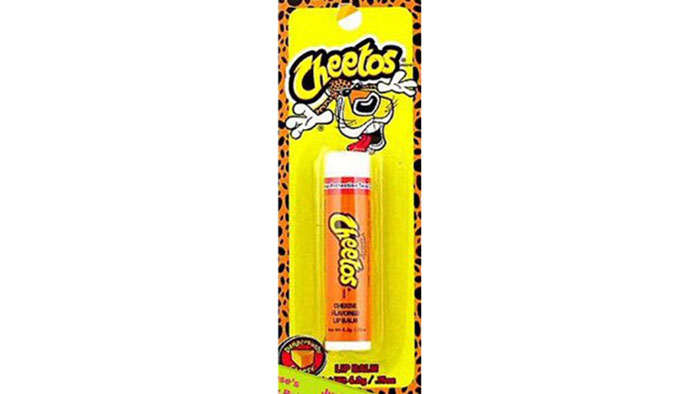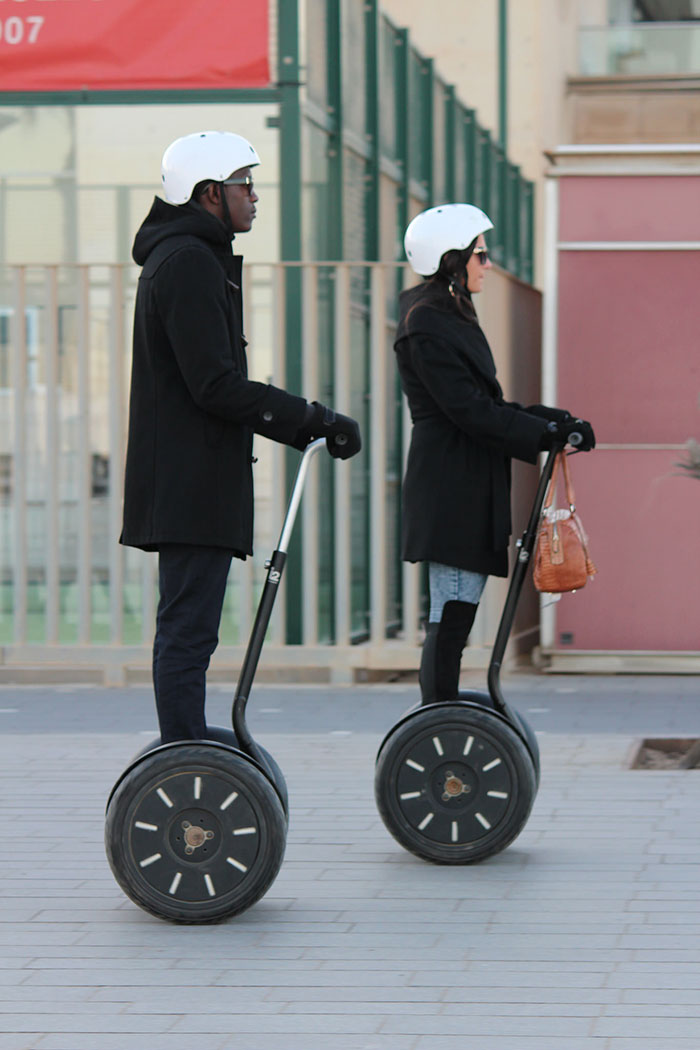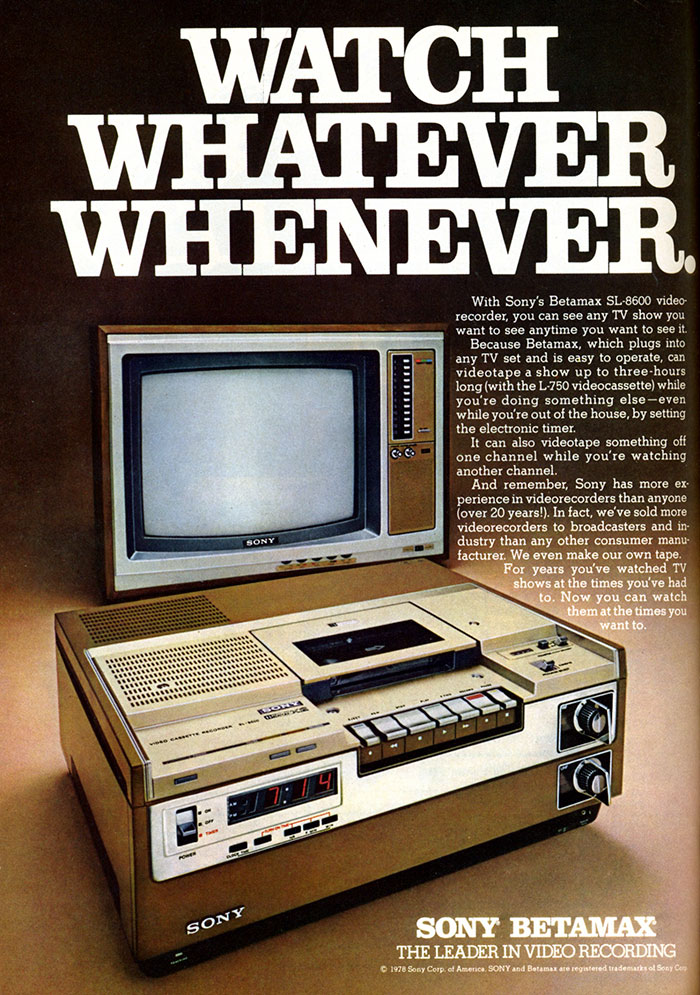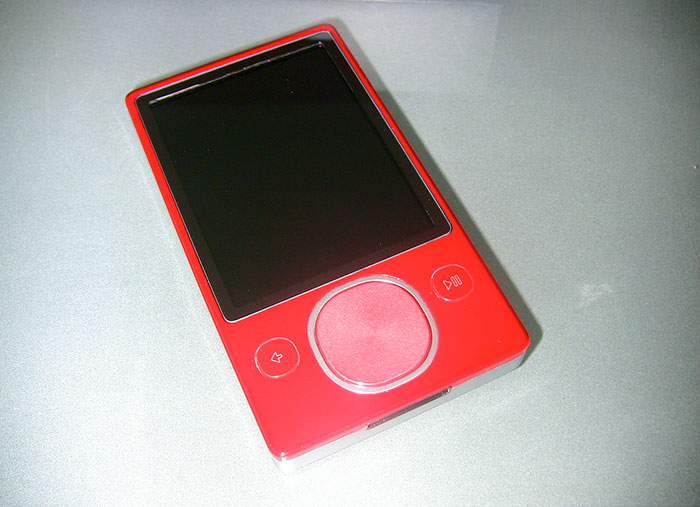Kitchen Entrees, Colgate
For some reason, in 1982 Colgate decided that it was time to branch out from their line of toothpaste and step into the world of frozen entrees. Not only were these a total failure, Colgate toothpaste sales plummeted after their lines of frozen foods was released.

Kitchen Entrees, Colgate
Office Assistant Clippy, Microsoft
If you ever used Microsoft Word during the 1990’s, you most likely remember Clippy popping up every once in a while while working on your document. Though Clippy had the best intentions, most people agreed that it had one of the worst user interfaces and after Microsoft realized how unpopular it was removed this feature from Word.

Office Assistant Clippy, Microsoft
EZ Squirt Ketchup, Heinz
Heinz came up with a plan to market their ketchup towards kids by introducing a line of EZ Squirt ketchup that came in purple, teal, and green. After a 6 year run, the product was discontinued in 2006.

EZ Squirt Ketchup, Heinz
Bic For Her
In 2012, Bic made quite the misstep by creating Bic For Her, pens that were marketed towards women. Most people did not react well to the idea of gendering the use of pens, and after being brutally mocked and critiqued, the pens were discontinued.

Bic For Her
Frito-Lay Wow! Chips
Frito-Lay was sure it had a hit on its hands when the company unveiled Wow! Chips that were deemed to be a miraculous line of fat-free chips. Within the first year of the chips’ release, the company raked in $400 million in sales. However, after it was discovered the the chips were made using Olestra, a fat substitute that causes loose stools and abdominal cramping, sales declined.

Frito Lay Wow! Chips
Google+
Google released its social network Google+, sometimes called G+, in 2011 with the hopes of competing with social media giant Facebook. However, the site never really gained traction and absolutely failed to make a dent in the social networking world. By 2019, it was discontinued.

Google+
Trump Steaks
Long before becoming president, Donald Trump launched a line of steaks in 2007 that were exclusively available from The Sharper Image and QVC. Just two months after release, QVC dropped the line due to lack of sales. Not long after, The Sharper Image followed suit and the product line was gone for good.

Trump Steaks
Rejuvenique Face Mask
In something that looks straight out of a horror film, Rejuvenique’s face mask was meant to strap onto your head and tone your facial muscles by using electrical stimulation, aka shock treatment. Customers shared that it was as painful as it sounds.

Rejuvenique Face Mask
Crystal Pepsi
Crystal Pepsi was released by the company in 1992 and promised to deliver the same Pepsi flavor without the caramel color, which would make the drink taste less acidic. However, customers were less than impressed and it was discontinued about a year later.

Crystal Pepsi
Cheetos Lip Balm
Nothing says soft lips like a bag of Cheetos, right? Well, some at the company thought that making a Cheetos flavored lip balm was just what people were looking for. Unsurprisingly, most people did not agree and it’s pretty understandable why this product totally flopped.

Cheetos Lip Balm
TwitterPeek
In 2009, Twitter decided to release a mobile device that was a Twitter-only machine that allowed its users to post and read Tweets. Later versions added Facebook and other social platforms as well as news. However, by 2012, the product was still not popular and was discontinued.

TwitterPeek
Thirsty Cat! And Thirsty Dog!
For some reason, somebody in 1994 thought that producing a pet-only drink was a good idea. It was a carbonated and vitamin-enriched drink that was beef flavored. Consumers clearly did not think they needed this product over plain old water, so the product was discontinued.

Thirsty Cat! And Thirsty Dog!
Samsung Galaxy Note 7
Who can forget the Samsung Galaxy Note 7 that came onto the scene with a literal bang? Samsung was forced to recall 2.5 million of these products less than a year after it was released due to overheating and exploding batteries.

Samsung Galaxy Note 7
Hoverboards
2015 was the year for the short-lived hoverboard craze. While teenagers and adults alike were delighted with this new mode of transportation, the only issue was the fact that these could catch fire and burn down your home.

Hoverboards
Juicero Press
Juicero released the Juicero Press in 2013, a device that was meant to easily make juices using pre-juiced fruits and veggies sold by the brand. However, consumers quickly realized that the packets could be squeezed by hand, rendering the machine useless. The company eventually stopped selling the product and ended up buying most of them back from customers.

Juicero Press
Google Glass
Google Glass was touted to be the next great piece of technology that would change the world. The smart glasses cost $1500 and absolutely failed in doing anything that Google promised they would do. In addition, many were concerned with safety and privacy issues that the glasses posed.

Google Glass
New Coke
There’s a reason why the expression “if it ain’t broke, don’t fix it” exists. In 1985, Coca-Cola decided to reformulate its signature soda, investing $4 million in a nation-wide taste test. Even though the drink did well in the tests, people were outraged by the change and just three months later, the company reverted back to its original recipe.

New Coke
Cocaine, Redux Beverages
Unsurprisingly, shortly after Redux Beverages released this drink, the USFDA forced them off shelves due to the suggestive name. The FDA also claimed that the drink “was illegally marketing the drink as both a street drug alternative and a dietary supplement.” You can still find the drink in Europe though.

Cocaine, Redux Beverages
E.T. The Extra-Terrestrial, Atari
Gaming company Atari invested $20 million for the right to create a video game based on the smash hit film E.T. Just 4 million of the game cartridges were sold and 2.5 million cartridges ended up in a landfill.

E.T. The Extra Terrestrial, Atari
Amazon’s Fire Phone
In 2014, Amazon decided to try to break into the smartphone scene and released the Amazon Fire. Just a year later, the product failed to gain any popularity and was discontinued. Amazon CEO Tom Szkutak said that its pricing strategy was the main issue.

Amazon’s Fire Phone
Delorean DMC-12, Delorean Motor Company
Although it’s now infamous for its appearance in the Back To The Future film franchise, the Delorean DMC-12, first released in 1980, suffered from safety and performance issues and was discontinued by 1983. Tesla later borrowed the door-opening mechanism in its Tesla X model, keeping the idea alive.

Delorean DMC 12, Delorean Motor Company
Jimmy Dean Chocolate Chip Pancake-Wrapped Sausage
In 2016, breakfast foods company Jimmy Dean took a chance on this strange product: chocolate chip pancake-wrapped sausage. Perhaps they thought people would appreciate the time-saving combination, but unfortunately that was not the case.

Jimmy Dean Chocolate Chip Pancake Wrapped Sausage
Premier Smokeless Cigarettes, RJ Reynolds Tobacco Company
RJ Reynolds Tobacco decided to produce smokeless cigarettes in 1988. After the company had invested $385 million into creating the Premier line of smokeless cigarettes, even the company’s CEO admitted they tasted terrible.

Premier Smokeless Cigarettes, RJ Reynolds Tobacco Company
Windows Vista, Microsoft
Shortly after Windows Vista was released by Microsoft in 2007, it was clear that the product just wasn’t up to snuff. Vista was plagued with security issues, performance problems, driver support issues, and pesky product activation problems.

Windows Vista, Microsoft
Orbitz Soda, Clearly Canadian Beverage Corporation
When Orbitz Soda was released by the Clearly Canadian Beverage Company in 1988, consumers interest was piqued by the lava-lamp looking soft drink. However, shortly after its release, customers claimed it was not tasty and reminded them of cough syrup.

Orbitz Soda, Clearly Canadian Beverage Corporation
Pepsi Blue
After Mountain Dew’s success with Mountain Dew Code Red, Pepsi’s response was releasing Pepsi Blue in 2002. The drink was meant to taste like a beery-cola mixture, but customers said that it ended up tasting more like cotton candy with a berry aftertaste.

Pepsi Blue
Coca-Cola Blak
In 2006, Coca-Cola decided to release a cola-coffee fusion drink and released Coca-Cola Blak. A few years after its release, it was shelved as consumers said it has way too much caffeine and did not taste very good.

Coca Cola Blak
Pepsi A.M.
In 1989, Pepsi decided to release a version of Pepsi with more caffeine in order to be able to promote it as a morning drink. However, the idea didn’t seem to sit well with most people, and just a year after it was released, the product was shelved.

Pepsi A.M.
Bic Parfum
In 1989, for some reason Bic decided to release a line of perfumes. Since most people did not go to Bic for products outside of pens, the product inevitably flopped, costing the brand an estimated $11 million in losses after it was discontinued a year later.

Bic Parfum
Cosmopolitan Yogurt
In 1999, Cosmopolitan magazine decided to venture into the world of food products with the release of Cosmopolitan yogurt. While their target demographic did have a penchant for yogurt, the product was a total failure and was shelved after just 18 months on the market.

Cosmopolitan Yogurt
Gerber Singles
In 1974, baby food company Gerber decided to try to make baby food marketed to adults. They thought people would be interested in ready to eat food in a jar, but they completely missed the mark. We can understand why, because we’re not sure who would want to eat blended up meat mush.

Gerber Singles
Segway
The funny looking Segway two-wheel vehicle was released in 2001 to very high expectations. Even though it was innovative, the fact that it cost $5000 and was not really all that necessary meant that the product ended up being a total fail.

Segway
Nokia N-Gage
Though Nokia was thinking ahead of its time, the Nokia N-Gage phone was a total flop. The phone was meant to blend phones and gaming together, but many people thought it looked funny and called it the “taco phone.” It managed to sell just 1/3 of the 6 million units created.

Nokia N-Gage
Sony Betamax
Sony released Betamax in 1975 just when all of its rivals were releasing VHS players. Of course, the Betamax was absolutely overshadowed by VHS, mainly because VHS recording time was 2 hours long, which allowed most films to be recorded without having to change a tape.

Sony Betamax
Trump: The Game
One of Donald Trump’s many (failed) ventures was a game called Trump: The Game. It was released in 1989, with 2 million units made and only 800,000 copies sold. Time included it in its list of “Top 10 Donald Trump Failures” list.

Trump The Game
McDonald’s Arch Deluxe
In 1996 McDonald’s decided to try to reach out to a more refined crowd with the release of its Arch Deluxe burger. Their “secret” sauce was a mustard mayonnaise that was meant to do the trick. A $100 million ad campaign later, and the burger didn’t make any traction and was discontinued shortly after.

McDonald’s Arch Deluxe
Title
Text…
Hot Wheels And Barbie Computers
Hot Wheels and Barbie tried to capitalize on the growing tech boom by releasing these themed computer sets in 1999. For “just” $699, you would get a computer, fax/modem, monitor, speakers, mouse, mousepad, CD holder, games, and of course, Windows 98. That’s not actually a bad deal, except for the fact that these computers were fraught with manufacturing issues.

Hot Wheels And Barbie Computers
Microsoft Zune
In 2006, Microsoft decided to try to come up with a mp3 player that would compete with the iPod. They came out with the Zune, which failed miserably and was taken off the market completely by 2011.

Microsoft Zune
Satisfries, Burger King
In 2013, Burger King tried to get on top of the health food trend by releasing Satisfries, which claimed to be a healthier alternative to their classic fries with fewer calories and lower far. However, customers were not very interesting in these fries, and Burger King quickly switched back to the original fries.

Satisfries, Burger King


